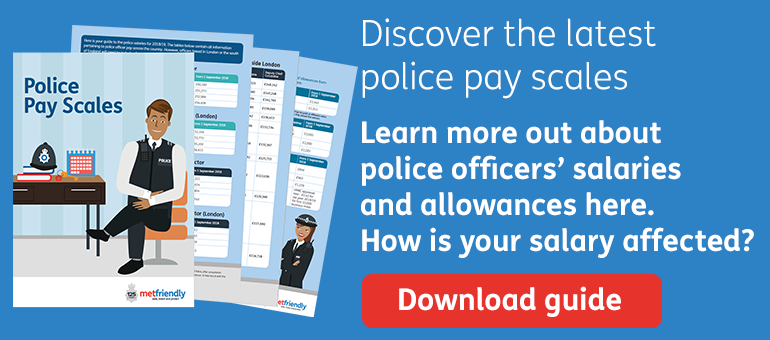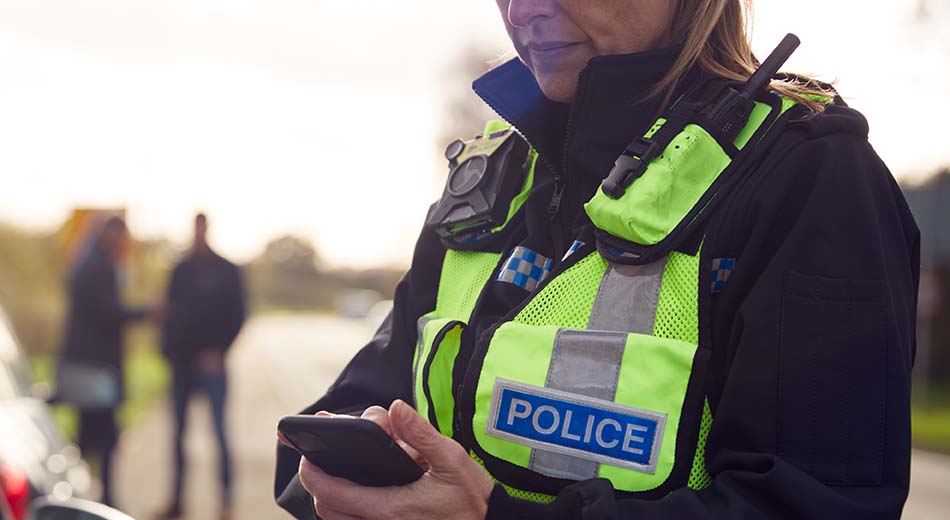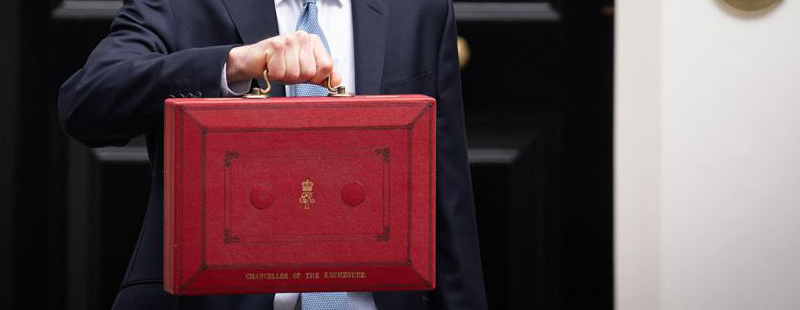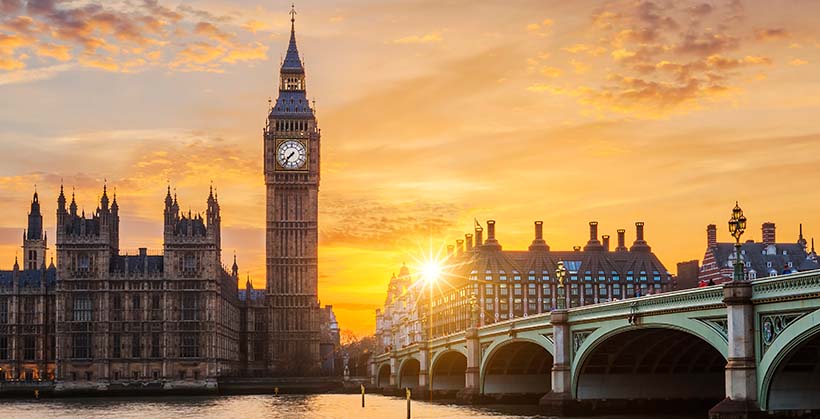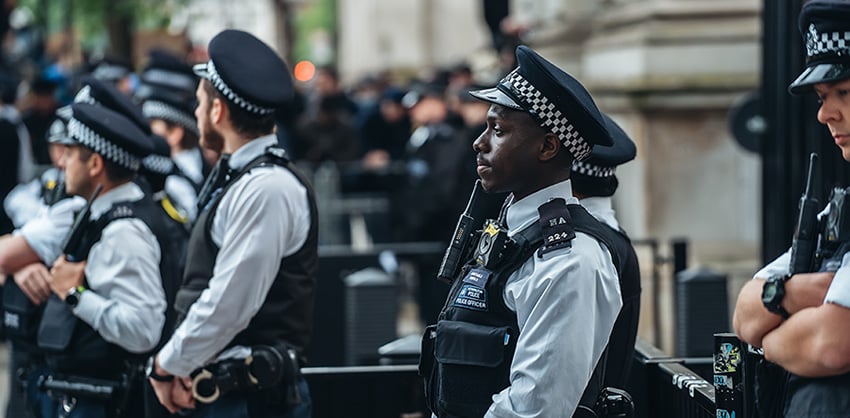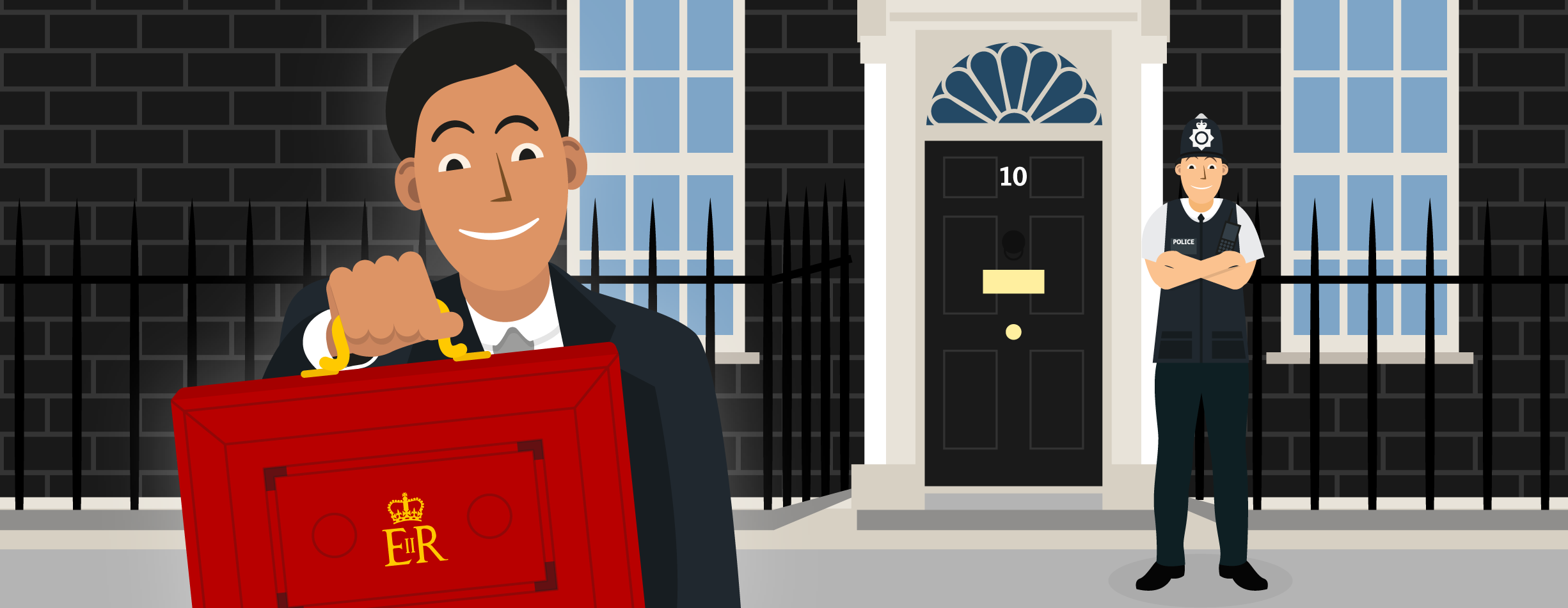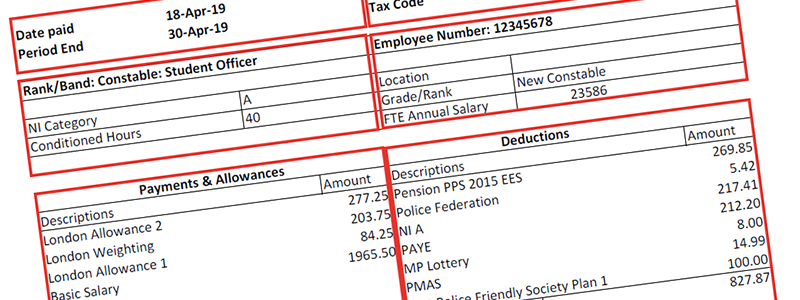Here we attempt to answer many of the common questions to do with police pay. To help us we’ve enlisted the services of Metfriendly Board member Joanna Young.
Joanna joined the Met police in 1984 and spent her last 4 years of service as the elected full-time London Secretary for the Superintendents’ Association, a member of the Association’s National Executive Committee, lead for HR, leadership and diversity, and deputy for Police Negotiating Board.
How is pay decided?
The bottom line is that police pay is decided by the Government. Since September 2015 The Police Remuneration Review Body (PRRB) have been responsible for making recommendations to the Government.
In Oct 2016 Amber Rudd the Home Secretary wrote to PRRB giving it its remit for 2017/18. Of note within this is that she was “particularly interested to see further police-led proposals on how a fair and sustainable reward structure can be achieved.”
And she referred to the previous terms of reference which included a pay award of “up to an average of 1% a year, with the expectation that these will be applied in a targeted manner”.
It is interesting to note that the Home Secretary closed her letter by saying “I place great value on the independent advice of both police pay review bodies and look forward to receiving your recommendations no later than 19 May 2017”.
How does the Federation influence pay levels?
The PRRB receives recommendations, often in the form of lengthy reports (written submissions) from interested parties including the Police Federation, Superintendents Association, Chief Officers and PCCs. They also receive evidence from these bodies at meetings where the PRRB is able to question the submissions.
In their submission the staff associations asked for a 2.8% increase, in line with the average projected retail price index for 2017, and supported this with evidence from both within and outside of policing.
Is there ever room for negotiation?
No, the days of negotiation have gone. It is very much about the staff associations submitting evidence to the PRRB often supported by surveys and independent reports. The PRRB are then charged with reviewing all the evidence, taking into account the Home Office remit and then making recommendations to the Government.
What did PRRB recommend to the Government this year in terms of pay?
PRRB recommended the following:
- A consolidated increase of 2% to all pay points for federated and superintending ranks
- London Weighting and Dog Handlers’ allowance to be uprated by 2%
- The introduction of appropriate, targeted arrangements in 2017/18 to allow local flexibility for chief officers to make additional payments to police officers in hard to fill roles and in superintending ranks. This interim measure should have a time limit through to September 2020.
Some of this may sound familiar to those who remember SPP (Special Priority Payments) that were removed through Sir Tom Winsor’s review of policing.
What were the pay rises and when do they come into effect?
Whilst as you can see from above, PRRB recommended a consolidated (i.e. pensionable) 2% rise, the Government actually decided that:
- 1% increase to base pay for all ranks
- An additional one-off non-consolidated payment to officers at federated and superintending ranks
- 1% increase to the London Weighting payment
- 1% increase to the Dog Handlers’ Allowance
Read our 2017/18 Police Pay Scales guide for details of the pay rises and the new rates of pay.
What peculiarities are there about Met/London pay levels?
Met pay currently has different allowances to compensate for working in London where costs are higher and the average wage is higher. What allowances a Met Officer will receive will depend on when they joined the Police.
MPS officers currently receive London Weighting and London Allowance on top of national police pay scales. This currently stands at £2,397 per annum pensionable London Weighting, and £1,011 per annum non-pensionable London Allowance – so a total of £3,408 per year.
Some South-East forces have a ‘South East Allowance’ of between £2,000 and £3,000.
Is Police Pay a fair compensation for the job?
The average pay in London is, according to Business Insider UK, £39,400, and over 88% of Met Officers surveyed in the Federation Pay and Morale survey felt they were not fairly paid for the stresses and strains of the job.
And with the average earnings growth for public sector workers remaining way below inflation, it’s clear that many police officers are having to watch their finances closely.
What are the prospects like for Police Pay in the near future/long-term?
That's a difficult question to answer. Whatever is awarded next year, if it is done by percentage, will be based on base pay and will not include the 1% bonus. This may mean that a 2% pay rise next year will actually give you 1% (gross) more in your pocket than this year.
Will my pensions contributions reflect the 1% bonus?
No. The 1% bonus will be subject to tax and National Insurance but not pension. Therefore the 1% bonus is more in your pocket than the 1% rise in base pay, which is subject to pension, but as explained above it may impact on your pay next year and your pension going forward.
Share


